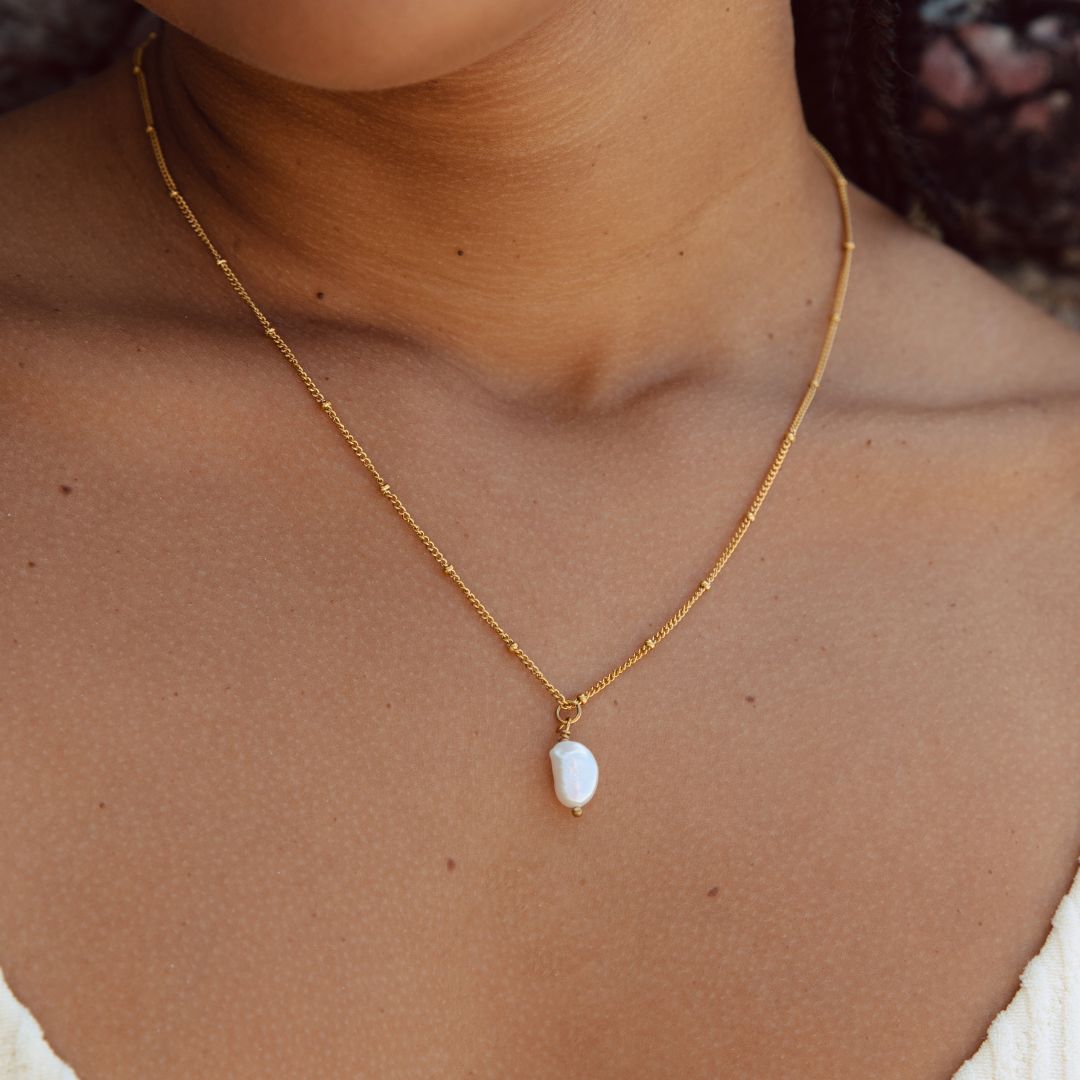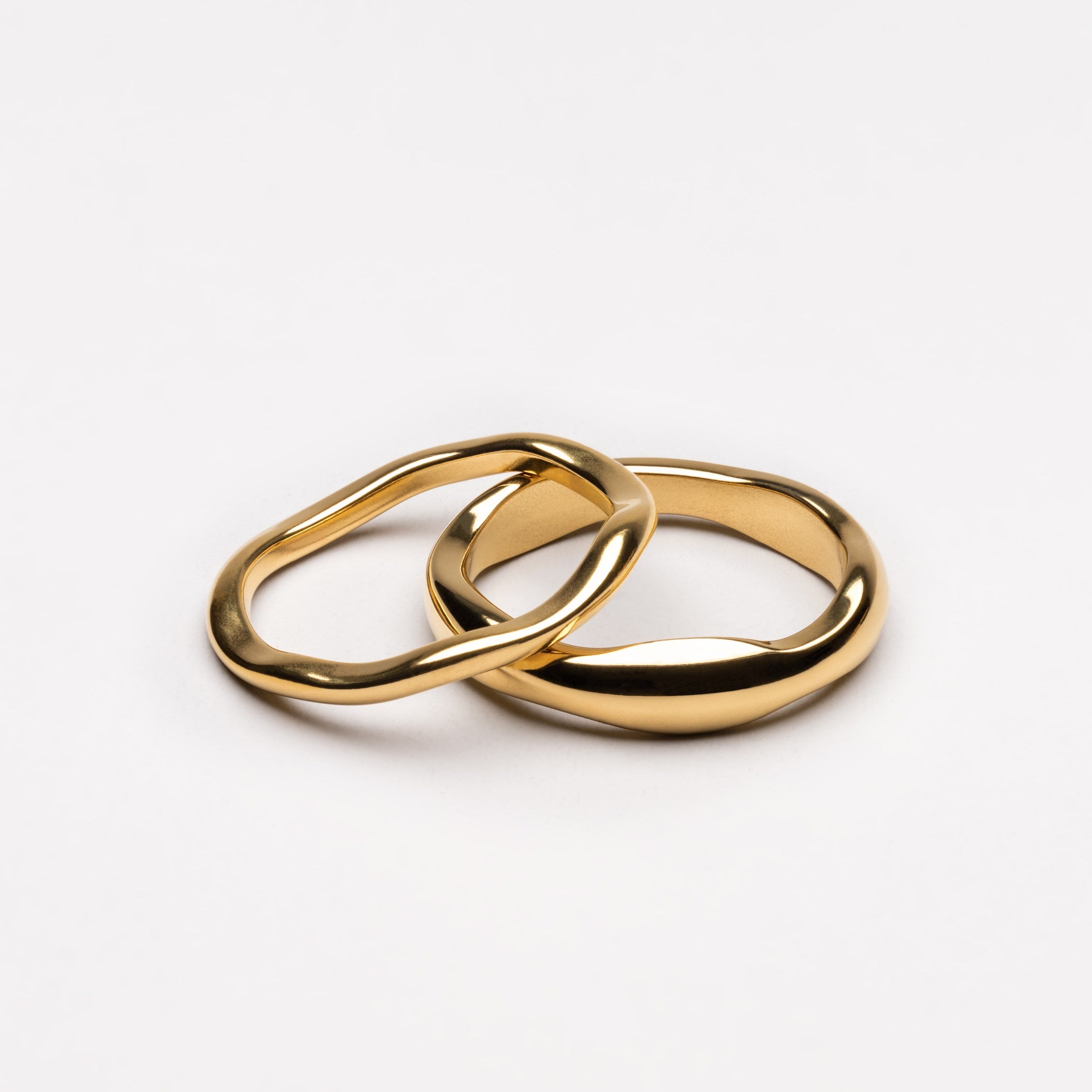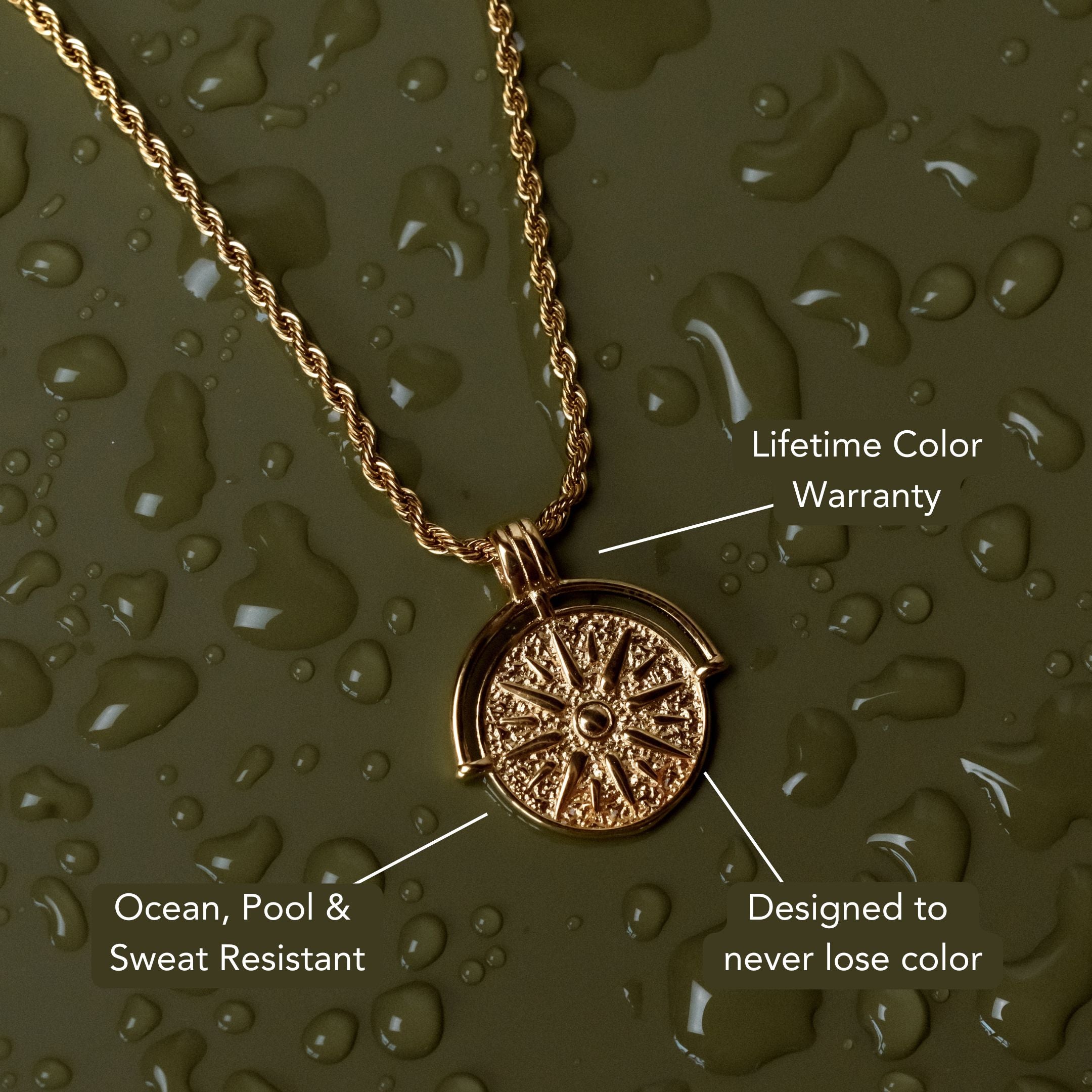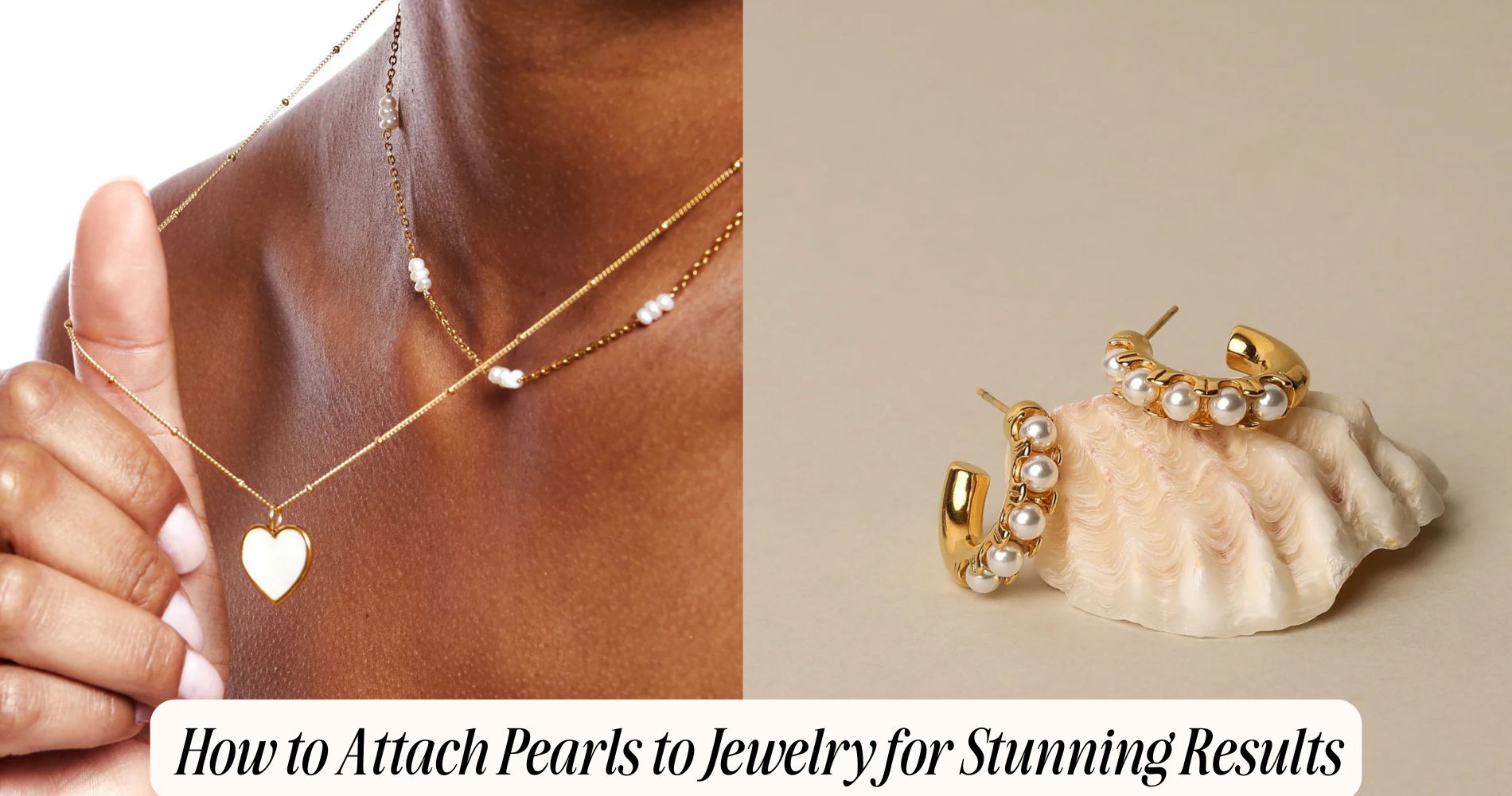
What Symbol Did the Pearl Necklace Represent? Explore the Powerful Symbolism
What symbol did the pearl necklace represent? More than just a statement of elegance, a pearl necklace has long symbolized purity, innocence, and social status. Historically, pearls were treasured by royalty, representing wealth and prestige. Wearing pearls connects you to their rich history, embodying ideals of beauty and virtue. They also reflect personal growth and resilience, making each necklace a unique expression of individual journeys. The allure of pearls lies in their ability to convey sophistication while holding deep personal significance. Explore our stunning pearl drop necklace collection to find a piece that resonates with your story.
Historical Significance of Pearls
Throughout history, pearls have captivated cultures and individuals alike, symbolizing wealth, purity, and status.
You'll find that in ancient trade, pearls were highly sought after, often exchanged for vast quantities of gold and silver.
These lustrous gems adorned the necks of royals, serving as royal adornments that conveyed power and prestige.
Imagine the opulence of a queen draped in pearls, each piece telling a story of conquest and elegance.
As trade routes expanded, pearls became a global commodity, connecting distant lands and cultures.
The allure of these gems transcended time, influencing fashion and societal norms.
Understanding their historical significance enriches your appreciation of pearls not just as jewelry but as powerful symbols woven into the fabric of human history.
Symbol of Purity and Innocence
When you think of the pearl necklace, you can't help but recognize its historical ties to purity and innocence across various cultures.
From ancient civilizations to modern weddings, pearls have consistently symbolized a pristine quality that resonates deeply with ideals of virtue.
As you explore the cultural interpretations of purity, consider how these meanings have evolved and continue to shape perceptions of the pearl's elegance today.
Historical Significance of Pearls
Although pearls have captivated humans for centuries, their historical significance as symbols of purity and innocence remains particularly profound.
In ancient trade, pearls were highly sought after, often regarded as treasures that embodied the highest virtues. Their rarity and beauty led to a wealth of pearl mythology, where they were believed to possess protective qualities.
As you explore different cultures, you'll find that pearls often adorned brides, representing their unblemished nature and hopeful futures. In this situation, the shimmering orb transcended mere decoration; it became a potent emblem of virtue.
Consequently, the allure of pearls lies not just in their aesthetic appeal, but in their deep-rooted significance, connecting humanity to ideals of purity and innocence throughout history.
Cultural Interpretations of Purity
Purity often evokes a sense of idealism deeply rooted in various cultures, and pearls serve as a quintessential representation of this concept. In many societies, pearls symbolize purity and innocence, often linked to feminine virtues.
When you wear a pearl necklace, you tap into this rich cultural significance, embodying the ideals of grace and simplicity. The smooth, lustrous surface of pearls reflects a pristine beauty, making them a natural choice for weddings and other significant life events.
The purity symbolism associated with pearls isn't just aesthetic; it carries a deeper narrative about virtue and authenticity. By donning pearls, you connect with a timeless tradition that celebrates the essence of purity, offering a powerful statement about your values and identity.
Association With Wealth and Status
When you think about pearl necklaces, it's hard to ignore their historical ties to wealth and status.
These lustrous gems have adorned royalty and the affluent for centuries, marking a clear line between the elite and the everyday.
In modern times, wearing pearls continues to signal sophistication, making them not just accessories, but powerful symbols of social standing.
Historical Significance of Pearls
Throughout history, pearls have symbolized wealth and status, enchanting those who seek to convey power and elegance.
In ancient rituals, they were often offered as tributes to deities, believed to embody purity and divine favor. Pearl mythology thrived, painting these gems as the tears of gods or the moon's essence, reinforcing their allure among the elite.
From Cleopatra's legendary pearl to the opulent adornments of European royalty, pearls served as a representation of one's affluence. You can see how they became integral to royal regalia and high society, embodying the very essence of luxury.
Wearing pearls not only elevated your appearance but also aligned you with historical narratives of prosperity and influence, making them a timeless symbol of social standing.
Modern Status Symbolism
As society evolves, the pearl necklace remains a potent emblem of wealth and status, seamlessly blending tradition with modernity.
In today's luxury fashion world, it signifies not just affluence but also a refined social identity. When you wear a pearl necklace, you're communicating your place within a certain elite group, a statement of sophistication that transcends generations.
This timeless accessory often adorns the necks of celebrities and influencers, further solidifying its connection to high status.
In a culture that constantly seeks validation through material possessions, the pearl necklace stands out as a symbol of enduring elegance, allowing you to navigate social spaces with confidence.
Consequently, it's not merely jewelry; it's a powerful marker of who you're and aspire to be.
Cultural Interpretations of Pearl Necklaces
Although many view pearl necklaces as timeless accessories, their cultural interpretations reveal a rich tapestry of meanings that vary across different societies.
In some cultures, pearls embody purity and innocence, often worn during significant life events like weddings. You'll find that pearl mythology often associates these gems with the moon, symbolizing femininity and intuition.
In Asian traditions, pearls represent wisdom and protection, frequently featured in pearl rituals aimed at blessing the wearer with fortune and harmony.
Conversely, in Western contexts, pearls can denote status and sophistication, linking them to high society.
Pearls in Literature and Art
Pearls have captivated artists and writers for centuries, symbolizing a range of emotions and concepts that reflect the human experience.
You'll find that pearl symbolism often represents purity, wisdom, and the complexity of beauty. In literature, authors like John Steinbeck in "The Pearl" explore the darker side of wealth and desire, illustrating how something beautiful can lead to destruction.
Similarly, in art, painters like Gustav Klimt have used pearls to signify opulence and femininity, enhancing the allure of their subjects.
These literary references and artistic interpretations reveal how pearls serve as powerful metaphors, inviting you to ponder their deeper meanings and the multifaceted nature of human existence.
Fundamentally, pearls hold a timeless place in our cultural narrative.
Modern-Day Relevance of Pearl Necklaces
In today's fashion landscape, pearl necklaces have experienced a remarkable resurgence, blending timeless elegance with contemporary style.
As you navigate current fashion trends, you'll notice that pearls are no longer confined to formal occasions; they're now a staple in everyday wear. Designers are innovating with various styles, from layered necklaces to asymmetrical designs, appealing to a broader audience.
This revival isn't just about aesthetics; it taps into deeper emotional connections. Wearing a pearl necklace can evoke memories of cherished moments or family heirlooms, making each piece uniquely personal.
In a world constantly seeking authenticity, pearls remind you of classic beauty while allowing you to express your individuality. The modern pearl necklace serves as a bridge between tradition and contemporary expression.
Personal Symbolism for Wearers
When you slip on a pearl necklace, it often transcends mere fashion, becoming a personal emblem of your life experiences and values. Each pearl can represent a significant moment—perhaps a graduation, a wedding, or a cherished gift from a loved one.
These personal connections imbue the necklace with emotional significance, reminding you of the stories and relationships that shape your identity. As you wear it, the necklace serves not just as an accessory but as a narrative, a tangible link to your past.
You may find comfort in its presence, knowing it symbolizes growth, resilience, or love. Ultimately, your pearl necklace isn't just an adornment; it's a reflection of who you're and the journey you've taken.
Care and Maintenance of Pearl Necklaces
Caring for your pearl necklace is essential to preserving its beauty and longevity.
To maintain its luster, you should regularly engage in pearl cleaning. Use a soft, damp cloth to wipe away any dirt or oils after wearing your necklace. Avoid harsh chemicals, as they can damage the delicate surface of the pearls.
When it comes to storage tips, keep your necklace in a soft pouch or a separate compartment in your jewelry box to prevent scratching. It's best to hang it or lay it flat, avoiding knots that can cause wear over time.
Frequently Asked Questions
How Do Pearls Compare to Other Gemstones in Symbolism?
You'll find that pearl symbolism often emphasizes purity and innocence, setting it apart from other gemstones. Unlike vibrant sapphires or fiery rubies, pearls convey a quiet elegance, representing inner wisdom and emotional balance in their meanings.
Can Pearl Necklaces Be Worn by Men?
Absolutely, you can wear pearl necklaces as a stylish choice in men's jewelry. They elevate your pearl fashion, showcasing sophistication and individuality, breaking traditional norms while making a bold statement in your personal style.
What Occasions Are Pearl Necklaces Traditionally Worn For?
Pearl necklaces are traditionally worn for wedding ceremonies and formal events, symbolizing elegance and sophistication. When you wear one, you embrace a timeless connection to tradition, enhancing your presence and making a striking statement.
Do Different Colors of Pearls Have Unique Meanings?
Yes, different colors of pearls do hold unique meanings. Black pearls often symbolize mystery and strength, while white pearls represent purity and innocence. You'll find that each hue adds depth to the necklace's overall significance.
Are There Any Superstitions Associated With Wearing Pearls?
When you explore pearl folklore, you'll find various myths surrounding pearls. Some believe they bring tears, symbolizing sadness, while others claim they promote purity and wisdom. Understanding these superstitions deepens your appreciation for pearls' rich cultural significance.
Conclusion
In exploring the symbolism of pearl necklaces, it's clear they embody a rich tapestry of meanings—from purity and innocence to wealth and personal expression. Their historical significance and cultural interpretations reveal how pearls have transcended time, enchanting wearers with their beauty and depth. Whether you wear one for its elegance or personal significance, the pearl necklace remains a powerful symbol, reminding you of the complex interplay between identity, status, and the stories we tell through adornment.
























Leave a comment
This site is protected by hCaptcha and the hCaptcha Privacy Policy and Terms of Service apply.